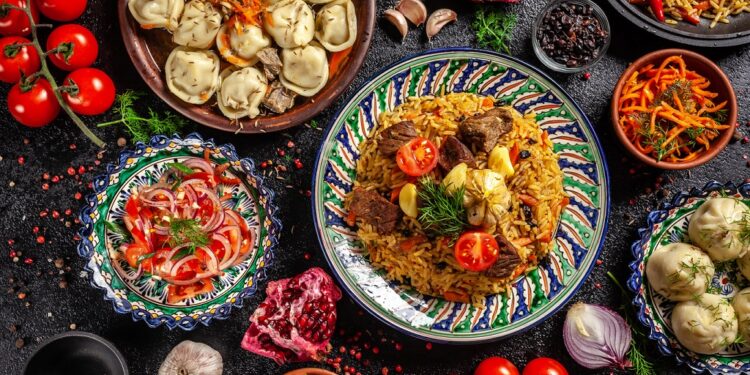Diving into food from all around the world is a great way to both learn more about different cultures and experience the kind of flavors you can’t find anywhere else. Here’s a guide to where to start and what to look for when exploring the world of ethnic cuisine.
Plan Your Trip
Every cuisine has its own specialty dishes, so the best way to dive in to the world of ethnic food is to plan a trip or schedule a visit to a restaurant specializing in the cuisine you’re interested in. Whether it’s a trip to a Mexican cantina or a family-owned Italian trattoria, you’re sure to find something delicious.
Take a Cooking Class
If you’d like to try your hand at creating ethnic cuisine yourself, look for classes near you where you can learn the basics of a specific type of cooking. You may even find that these classes offer cooking demonstrations, letting you watch the dish come together before you tackle making it yourself. That way, you get a better insight into the history and culture of the food.
Try New Ingredients
Part of the fun of trying new foods is experimenting with flavors and ingredients you’ve never used before. Here are some of the most common and most flavorful ingredients to look out for:
- Curry: Commonly used in East Asian and Southeast Asian cuisines, curry comes in a variety of forms, from pastes to powders, and can add a punch of flavor to everything from soups to noodles.
- Gochujang: A red chili pastere, gochujang can be used to add heat to a variety of dishes. It adds tanginess and sweetness as well as that kick of spice.
- Miso: A fermented soybean paste, miso is a staple of Japanese cuisine, giving everything from soups to dressings a unique flavor.
Try Different Herbs and Spices
Herbs and spices are the building blocks of ethnic cuisine, and they can add a whole new depth of flavor to any dish. Here are some of the most common herbs and spices to look out for:
- Cumin: Often found in Middle Eastern and South Asian cuisine, cumin is a spice with a slightly smoky flavor. It can be used to add flavor to stews, curries, and other dishes.
- Cardamom: A common ingredient in many Indian recipes, cardamom adds a sweet and spicy flavor to curries and other dishes.
- Saffron: Used mainly in Mediterranean and Middle Eastern cuisine, saffron is a spice with a sweet, earthy flavor. It is usually used to add a yellow color to dishes.
Exploring the world of ethnic cuisine is a great way to learn more about different cultures while also getting the chance to try some truly delicious dishes. Look for restaurants and classes near you, experiment with new ingredients, and taste the flavors of the world.









